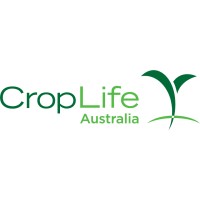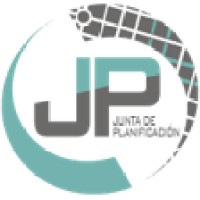
CropLife Australia
CropLife Australia (CropLife) is the peak industry organisation representing the agricultural chemical and biotechnology (plant science) sector in Australia. CropLife represents the innovators, developers, manufacturers, formulators and registrants of crop protection and agro-biotechnology products. CropLife Australia advocates science based legislative frameworks that are consistent in approach and application across the industry. CropLife promotes competitiveness through innovation, the protection of intellectual property and the introduction of new technologies and practices. Our members develop and register products to protect crops against pests, weeds and diseases, and develop crop biotechnologies that are key to the nation’s agricultural productivity and sustainability as well as global food security.






